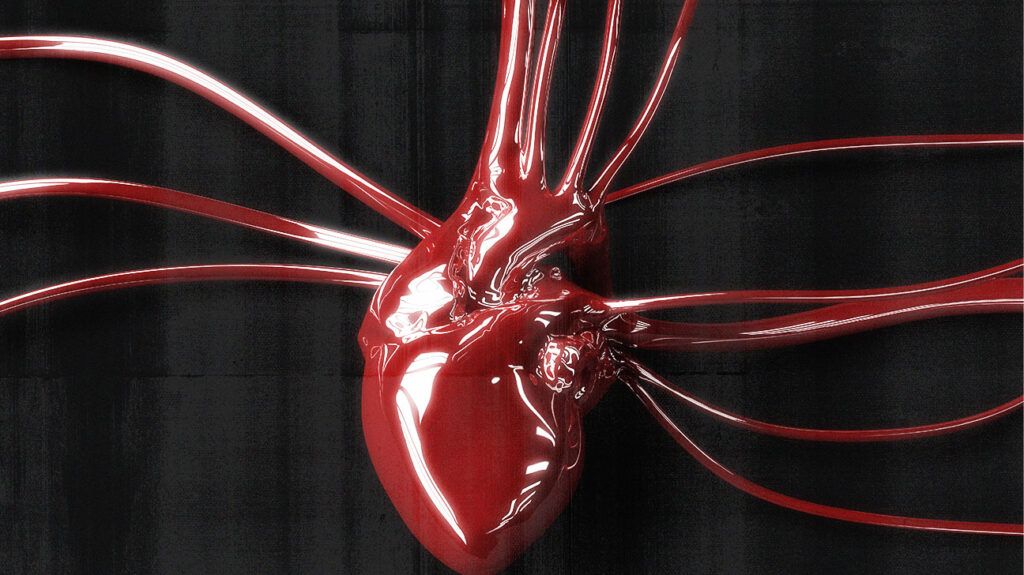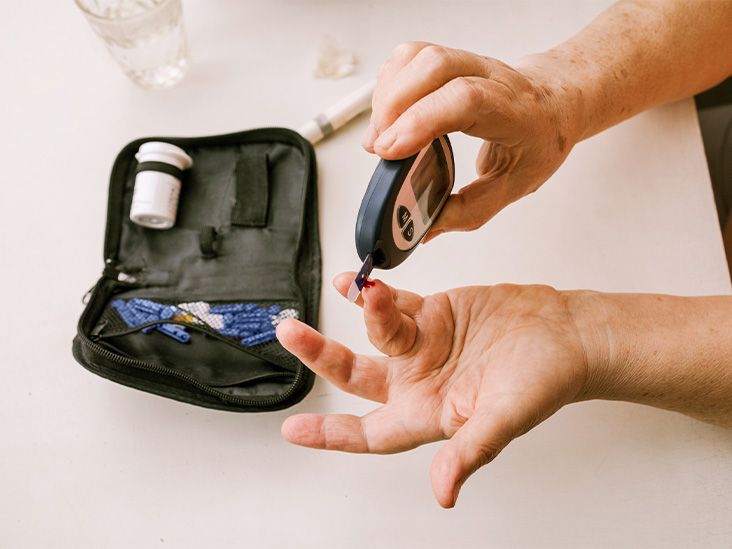The mitral valve allows blood to flow from the left atrium of the heart into the left ventricle. Mitral regurgitation occurs when the mitral valve leaks blood back into the left atrium.
A person’s heart is made up of four different chambers. The top two chambers are known as the left and right atria. The bottom two chambers are called the left and right ventricles.
When an individual’s heart beats, oxygenated blood travels from the lungs, via the pulmonary veins, into the left atrium. This blood is then pumped through the mitral valve and into the left ventricle. From there it travels through the aorta to the tissues of the body.
If someone has mitral regurgitation, some of this blood travels back into the left atrium. Without treatment, this may cause a person to develop conditions such as irregular heartbeat or heart failure.
This article explores mitral valve regurgitation in more detail, including its causes, symptoms, and treatments.

When the heart beats as it should, the mitral valve ensures that no blood reenters the left atrium during a contraction. However, when a person has mitral regurgitation, their mitral valve allows blood to leak back into the left atrium.
There are
Primary mitral regurgitation
The mitral valve is made up of two flaps of tissue called leaflets. These leaflets open to allow blood to pass into the left ventricle. Once the ventricle is full of blood, the leaflets close to prevent blood returning to the left atrium.
Primary mitral regurgitation occurs due to structural irregularities or damage to the mitral leaflet. If a person’s mitral valve cannot close properly due to a structural issue, it may leak blood back into the left atrium.
This type of mitral regurgitation may also occur due to irregularities or damage to an individual’s chordae or papillary muscles. Chordae are tough string-like chords that attach the papillary muscles to the mitral valve. The papillary muscles are pillar-shaped muscles inside the ventricles.
When a person’s left ventricle contracts, the chordae and papillary muscles help keep the mitral valve closed. This prevents the valve from prolapsing into the left atrium.
Secondary mitral regurgitation
Secondary mitral regurgitation occurs when an issue or condition in another area of the heart causes mitral regurgitation.
It may occur due to structural irregularities in the left ventricle wall or dilated cardiomyopathy.
Cardiovascular health resources
Visit our dedicated hub for more research-backed information and in-depth resources on cardiovascular health.
Certain health conditions
- mitral valve prolapse
- connective tissue diseases
- congenital conditions that affect the mitral valve, such as double orifice mitral valve
- rheumatic fever
- dilated cardiomyopathy
- papillary muscle rupture, a rare condition involving tearing of the papillary muscles
- congestive heart failure
- atrial fibrillation
- hypertrophic cardiomyopathy
Also, an individual may be at higher risk of mitral regurgitation as they get older.
The
- coughing
- exhaustion
- lightheadedness
- increased urination at night
- palpitations
- shortness of breath with activity or when lying down
- waking up due to breathing difficulties
- swelling in the feet, arms, and legs
- weight gain
- swollen jugular vein
- chest pain that radiates to the neck, shoulders, and jaw
- nausea
- excessive sweating
- rapid heartbeat
- high blood pressure
Advanced cases of mitral regurgitation may cause symptoms such as:
- fainting or feeling faint
- cyanosis
- clubbing at the ends of fingers or toes
- enlarged liver
- ascites
Additionally, mitral regurgitation may cause certain complications, such as:
- atrial fibrillation
- heart failure
- stroke
- pulmonary artery hypertension
- enlarged heart
A doctor may use several
The AHA states that a doctor
However, the AHA also notes that an individual will generally require surgery to treat their mitral regurgitation. This may involve a surgeon replacing or repairing a person’s mitral valve.
Mitral valve repair surgery may involve a surgeon using a clip to help close the leaking section of an individual’s mitral valve.
Below are some common questions and answers about mitral regurgitation.
Is walking good for mitral regurgitation?
A review from 2021 notes that all people with valvular heart disease (VHD) should try to do at least 150 minutes of physical activity per week. This includes strength training.
A person with mitral regurgitation should speak with their doctor before changing their exercise routine.
Can people fly with mitral regurgitation?
A
Can someone live a long life with mitral regurgitation?
Research from 2020 notes that the 1-year mortality rate for older adults who do not receive surgery for severe mitral regurgitation is
However, a study from 2020 found that people who underwent mitral valve repair surgery for severe regurgitation matched the life expectancy of the general population in the United States
Mitral regurgitation occurs when the mitral valve allows blood to flow back into a person’s left atrium. Without treatment, it may cause complications such as stroke or atrial fibrillation.
The condition may occur due to structural irregularities or damage to the mitral valve or its surrounding tissues. This may be a result of certain health condition, such as connective tissue diseases or rheumatic fever.
An individual who has mitral regurgitation may not develop any symptoms. If they do, these symptoms, like shortness of breath and lightheadedness, may come on gradually.
A doctor may diagnose a person with mitral regurgitation using tests like echocardiograms and cardiac MRI. Once an individual has received a diagnosis, a doctor may treat them using medication or surgery.
A person should speak with their doctor if they notice any signs of mitral regurgitation.


